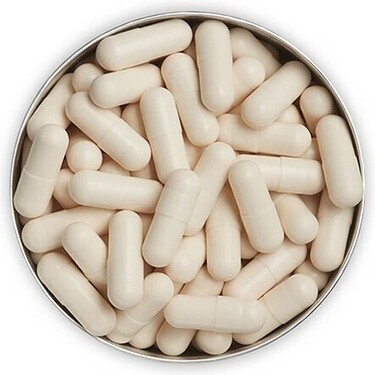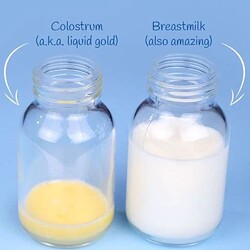Antibodies are major components of humoral immunity. IgG is the main type of antibody found in blood and extracellular fluid, allowing it to control infection of body tissues. By binding many kinds of pathogens such as viruses, bacteria, and fungi, IgG protects the body from infection.[citation needed]
It does this through several mechanisms:[citation needed]
IgG-mediated binding of pathogens causes their immobilization and binding together via agglutination; IgG coating of pathogen surfaces (known as opsonization) allows their recognition and ingestion by phagocytic immune cells leading to the elimination of the pathogen itself;
IgG activates all the classical pathway of the complement system, a cascade of immune protein production that results in pathogen elimination;
IgG also binds and neutralizes toxins;
IgG also plays an important role in antibody-dependent cell-mediated cytotoxicity (ADCC) and intracellular antibody-mediated proteolysis, in which it binds to TRIM21 (the receptor with greatest affinity to IgG in humans) in order to direct marked virions to the proteasome in the cytosol;[2]
IgG is also associated with type II and type III hypersensitivity reactions.
IgG antibodies are generated following class switching and maturation of the antibody response, thus they participate predominantly in the secondary immune response. [3]
IgG is secreted as a monomer that is small in size allowing it to easily diffuse into tissues. It is the only antibody isotype that has receptors to facilitate passage through the human placenta, thereby providing protection to the fetus in utero. Along with IgA secreted in the breast milk, residual IgG absorbed through the placenta provides the neonate with humoral immunity before its own immune system develops. Colostrum contains a high percentage of IgG, especially bovine colostrum. In individuals with prior immunity to a pathogen, IgG appears about 24–48 hours after antigenic stimulation.[citation needed]
Therefore, in the first six months of life, the newborn has the same antibodies as the mother and the child can defend itself against all the pathogens that the mother encountered in her life (even if only through vaccination) until these antibodies are degraded. This repertoire of immunoglobulins is crucial for the newborns who are very sensitive to infections, especially within the respiratory and digestive systems.[citation needed]
IgG are also involved in the regulation of allergic reactions. According to Finkelman, there are two pathways of systemic anaphylaxis:[4][5] antigens can cause systemic anaphylaxis in mice through classic pathway by cross-linking IgE bound to the mast cell receptor FcεRI, stimulating the release of both histamine and platelet activating factor (PAF). In the alternative pathway antigens form complexes with IgG, which then cross-link macrophage receptor FcγRIII and stimulates only PAF release.[4]
IgG antibodies can prevent IgE mediated anaphylaxis by intercepting a specific antigen before it binds to mast cell–associated IgE. Consequently, IgG antibodies block systemic anaphylaxis induced by small quantities of antigen but can mediate systemic anaphylaxis induced by larger quantities.[4]

 , but will consider it during the next batch of ordering supplements.
, but will consider it during the next batch of ordering supplements.





